Best Lightweight Linux Distros of 2016
4Here are the five best lightweight Linux distros of 2016
Linux was developed by Linus Torvalds at the University of Helsinki in Finland. It was inspired by Minix, a small Unix System and was introduced in October 1991.
The first official version was Linux 0.02. In 2001, 2.4 version was released. It is developed under GNU license, which allows the source code of Linux to be distributed freely. Linux is used for networking, software development and web hosting.
Ever since it was introduced, Linux has been gaining rapid popularity among users. But what happens when certain people dont want a RAM and resource heavy Linux Distro but prefer a lightweight Linux distro which lets them use the resources for their own work. If you wonder why you could want a lightweight Linux Distro. There are many reasons for which many users would want a very lightweight Linux distro, below are the primary 3.
- They can revive old hardware, bringing new life into it
- They can power modern, but low-power systems such as Raspberry Pi
- They can run on the most powerful modern hardware, reserving resources for users instead of consuming them themselves.
Here are some handpicked Linux distros, suitable for any of the three use cases mentioned above. Other “lightweight”’ distros have been omitted as the focus here is on easy-to-install distros that which can be used as full-blown systems.
1: Arch Linux
Those looking for lightweight distros should go for Arch Linux with a lightweight DE installed on it. There are many lightweight DEs available for Arch Linux. Some of the lightweight DEs suitable for Arch include i3, MATE, LXDE (LxQt), OpenBox, etc.
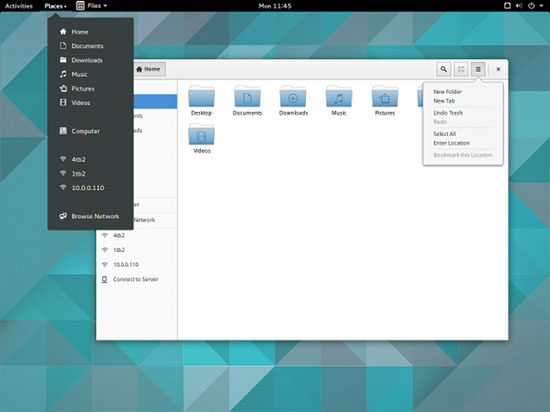
You can easily install multiple DEs on Arch to see which one works the best on your hardware. However, to keep your system optimized, remove what you don’t use and keep only what’s going to run on your system.
2: Puppy Linux
After Arch, Puppy Linux is the lightest distros out there. The added advantage with Puppy is that it can boot directly from the RAM and takes very little space, if you choose to install it. Additionally, if you want to run Puppy Linux from DVD, it can use the DVD as the storage device and, as you install programs or update the system, it will persistently write to the drive. So, once you have installed a program, it will remain on the DVD.
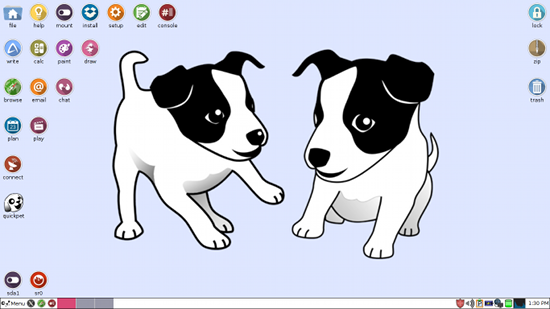
Puppy also comes with a decent set of lightweight applications such as AbiWord, MyPlayer, etc., so users can get started as soon as it’s booted.
Over time, Puppy has changed base from one distro to another. The latest version, Puppy 6, is based on Ubuntu 14.04 LTS, and as a result offers a longer shelf life.
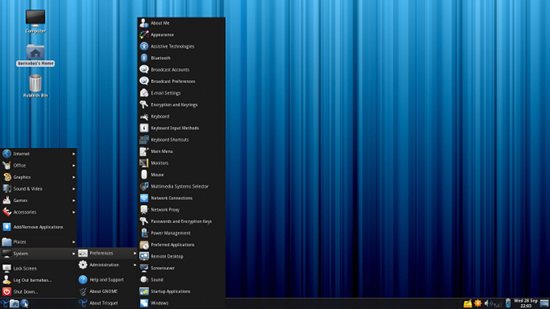
3: Trisquel Mini
Trisquel Mini is another lightweight distribution that is based on Ubuntu Linux. It’s a sub-project of the Trisquel distribution and is aimed at low-powered PCs. The distro uses LXDE as the default desktop environment to keep it light. It comes with a decent set of applications including AbiWord, MPlayer, and Midori web browser.
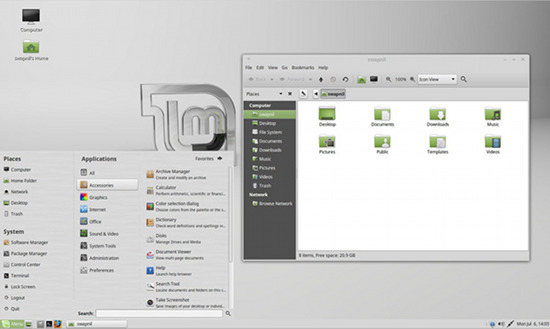
4: Ubuntu MATE + Linux Mint MATE
Ubuntu MATE is the latest contender in the list of lightweight distros after Martin Wimpress founded the project along with Canonical employee and Ubuntu developer Alan Pope. MATE was already well known to the world of lightweight DEs, thanks to Linux Mint. Although MATE (Linux Mint and Ubuntu) is certainly not as lightweight as Puppy, it falls in the category of those distros that reserve most system resources for applications instead of being a resource hog themselves.
Of all the lightweight distros, these two are the most polished. Linux Mint Mate is especially good looking, thanks to the Mint Menu and extra attention it receives from the Linux Mint team.
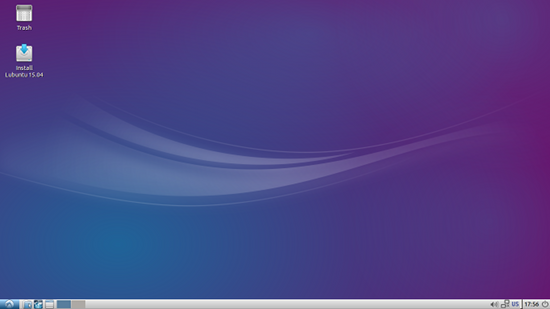
5: Lubuntu
Lubuntu is another lightweight distribution that is also an official flavor of Ubuntu Linux. It’s based on LXDE, which has merged with Razor-qt and is being developed as LXQt. As an official flavor of Ubuntu (like Ubuntu MATE), Lubuntu has access to all Canonical resources such as drivers, codecs, and PPAs.
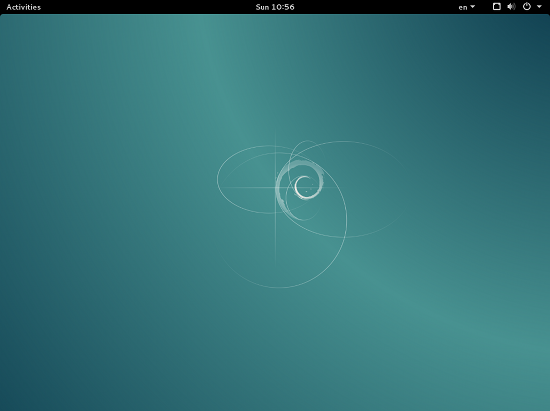
If you have found any lightweight Linux distro you wish to share with other readers, kindly mention the same in the comments below so we could include in our next list.
No comments:
Post a Comment